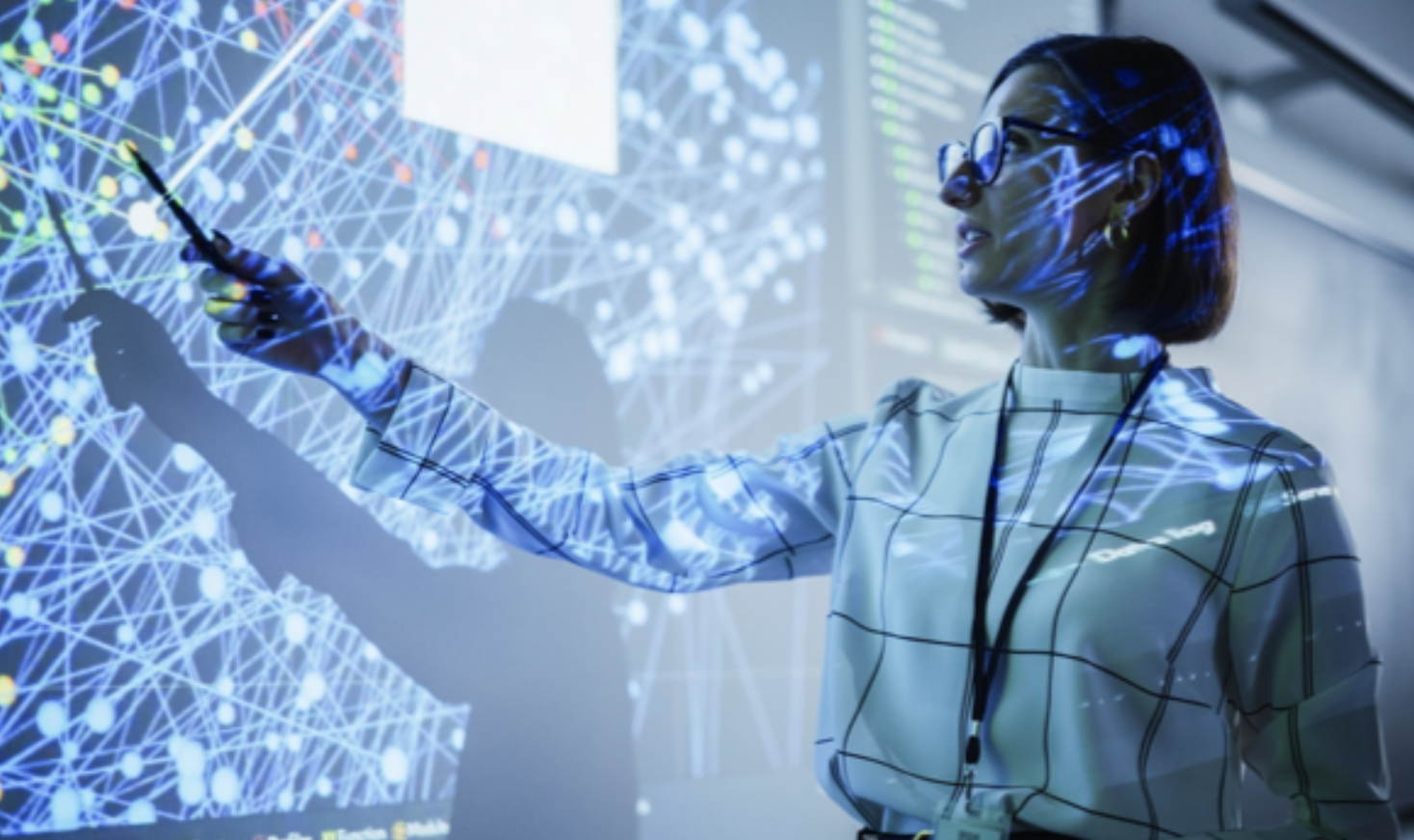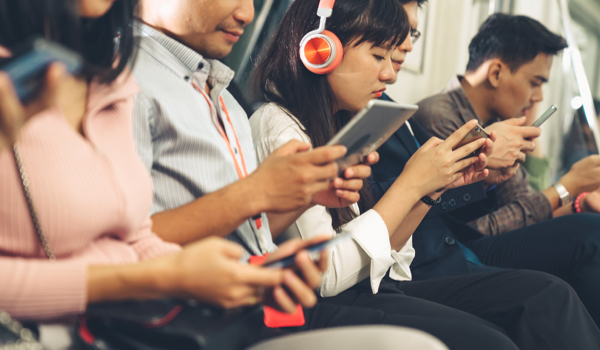


ROME - The public has always been ‘emotional’ in the basic sense that it responds to shifts in public opinion, trends in social behavior, consumption patterns and electoral choices, as well as other expressions of the public will that are in part determined by emotional factors, whether these are seen as residing in the psychological makeup of individuals or in the symbolic content of the media messages to which they are exposed.
Moreover, in recent times the place of emotions in civic culture has been changing, becoming a more visible, more explicit, and more prominent part of everyday life because of a process of emotionalization in political life. People’s popular and civic cultures, as well as their politics, are now deeply emotionalized, and the public presence of emotions has increased due to the rise of irrational and sentimental politics, as well as charismatic manipulation and nationalist and populist sentiments.
Managing such tensions and averting serious conflicts has become a key task for governments, a major part of which is concerned with the emotions triggered or generated by the insecurities and - at least for some - the disappointments of modern life.
However, that still begs the question: How can one connect the topic of political emotions with the field of artificial intelligence (AI)? One can talk about ‘emotional AI’ that refers to technologies which use affective computing and AI techniques to learn about and interact with human emotional life and to regulate and optimize the so-called emotionality of spaces (for example, security issues at an airport).
By looking at two AI devices developed by the United States’ Department of Homeland Security to improve US airport security after the 9/11 attacks, the so-called Screening Passengers by Observations Techniques and Future Attribute Screening Technology, two Critical Security Studies scholars, Frowd and Leite, studied the role of what they
The content herein is subject to copyright by The Yuan. All rights reserved. The content of the services is owned or licensed to The Yuan. Such content from The Yuan may be shared and reprinted but must clearly identify The Yuan as its original source. Content from a third-party copyright holder identified in the copyright notice contained in such third party’s content appearing in The Yuan must likewise be clearly labeled as such. Continue with Linkedin
Continue with Linkedin
 Continue with Google
Continue with Google







 1154 views
1154 views










